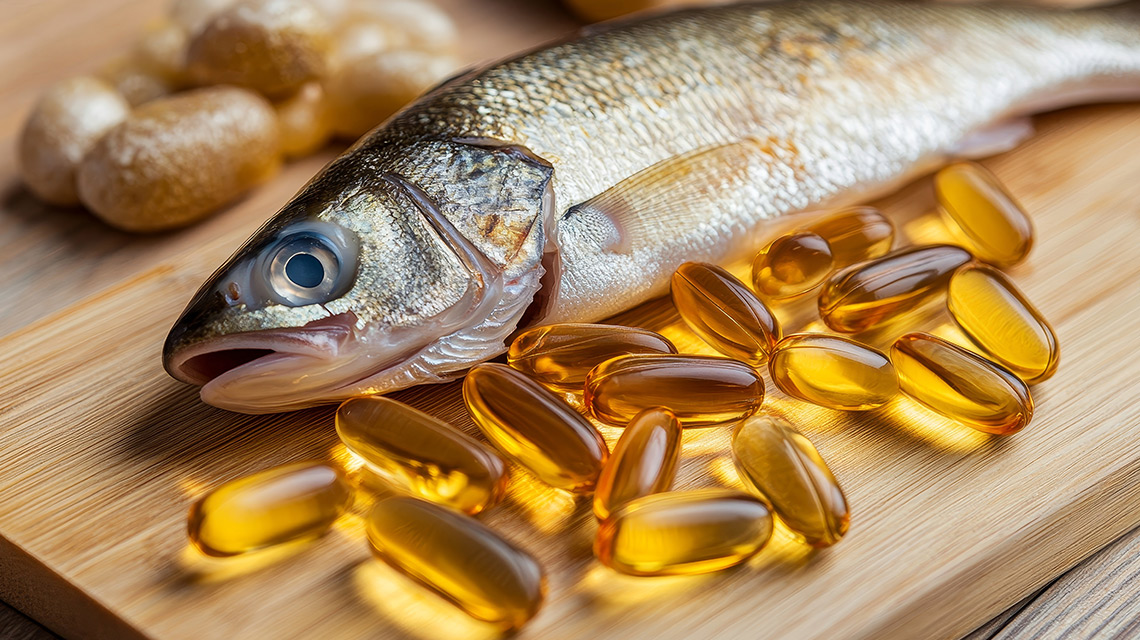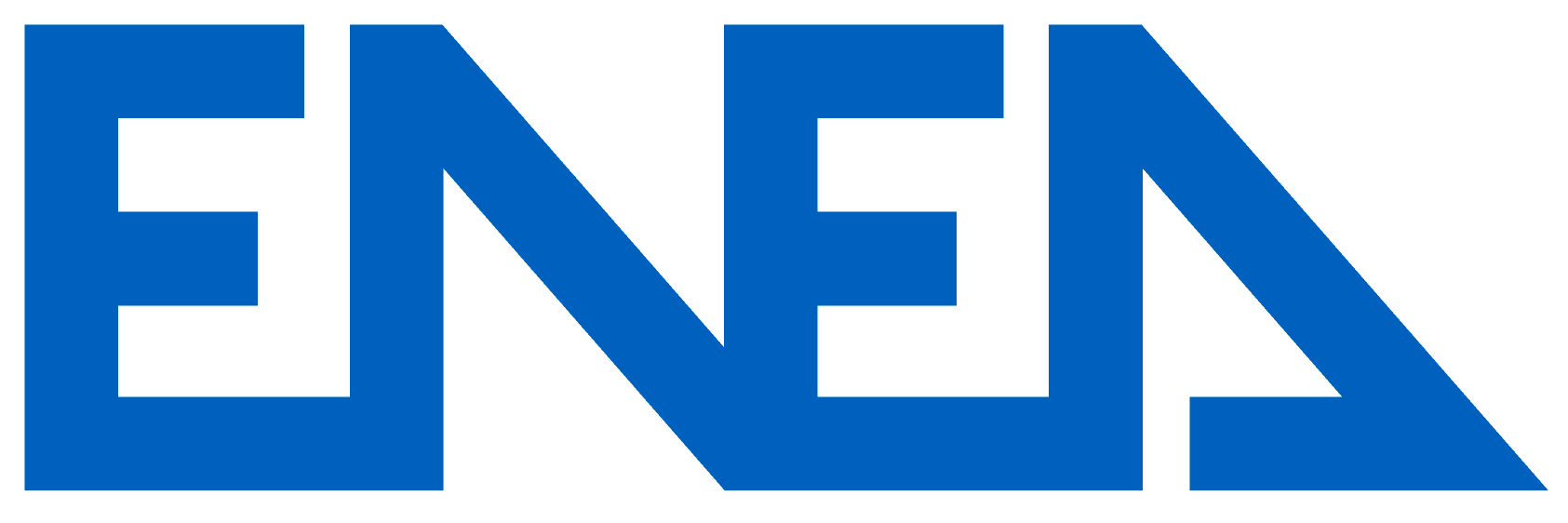Italian National Agency for New Technologies, Energy and Sustainable Economic Development

Innovation: A process to extract vitamin D from blue fish waste
ENEA has developed an environmentally friendly process to extract vitamin D and Omega-3 from Blue Fish waste like sardines and mackerel for use in new nutraceutical products. The activity was conducted as part of the VitaDwaste project [1], coordinated by the University of Camerino, whose partners include the CNR, the universities of Eastern Piedmont and Bologna, and CREA.
“The extraction process developed by ENEA uses supercritical carbon dioxide [2], a green technology that combines safety and efficiency in biomolecule extraction, reducing environmental impact because it does not use organic solvents, explained Gian Paolo Leone, ENEA researcher at the Laboratory of Regenerative Circular Bioeconomy and project leader for the University of Camerino as part of the VitaDwaste project.
“A first experiment conducted at the Agrobiopolis research facility in the ENEA Trisaia Center in Basilicata allowed us to identify the optimal process conditions by evaluating both the influence of parameters like pressure and temperature on yield trends and the concentration of target molecules in the extracts,” explained Vincenzo Larocca, researcher at the ENEA Laboratory of Regenerative Circular Bioeconomy.
“Once this phase was completed, research activities moved to a larger scale using a pilot plant located in the Agroindustrial Processes technology hall of our Casaccia Research Center in Rome. The results obtained confirm the process potential for industrial application, creating new economic opportunities and improving the sustainability of the fishing sector” Leone said.
The 'VitaDwaste' project aims to utilize fractions of sardines and mackerel that cannot be marketed for food [3]. “Bycatch of small pelagic species make up around 5 percent of the total catch. Considering that the average production of sardines in the past years exceeded 80 thousand tons in the Mediterranean and almost 60 thousand tons in the Adriatic Sea alone[4], it is clear that their valorization for biobased products could significantly boost the sector, giving economic value to waste,” Leone concluded.
“Vitamin D is a key micronutrient for various biological processes, like the absorption of calcium and phosphorus needed for bone tissue formation; but it is also one of the most deficient elements in the human diet,” said project coordinator Prof. Gianni Sagratini, director of the School of Pharmaceutical and Health Products Sciences at the University of Camerino. “With this project,” he said ” we are contributing to circular economy, sustainability, and public health by recovering vitamin D3 from fish processing waste, turning it into added value from economic, environmental and nutritional perspectives.
In our laboratories we have tested several extraction systems like the ultrasound-assisted extraction [5], to evaluate their effectiveness, and we have developed the HPLC method to quantify the vitamin D3 content”.
The next steps will aim to obtain greater quantities of of vitamin D and polyunsaturated fatty acids(Omega-3) extracts, in order to enable the production of experimental nutraceutical products to be tested in clinical trials at the University of Bologna.
Blue fish is a fundamental food resource, rich in proteins, essential amino acids and Omega-3 polyunsaturated fatty acidsIt is also a good dietary source of vitamin D (40% of the European population has insufficient levels). In recent years, fish production, including that from aquaculture, has grown significantly also in response to population growth. It is estimated that in 2022, global fish production reached almost 185 million tonnes, with a per capita consumption of 20.7 kg/year, and is projected to reach 205 million tons and 21.3 kg/year by 2023[6]. At the same time, fishing waste has increased, with some species yielding up to 35% waste, while by-products of industrial processing can reach up to 70%.
Photo Gallery
Notes
[1] PRIN (Progetto di Rilevante Interesse Nazionale) 2022, funded by the Ministry of University and Research (MUR).
[2] Supercritical carbon dioxide (supercritical CO₂) is a form of carbon dioxide in a special physical state called supercritical state, in which it displays properties partly attributable to a liquid and partly to a gas. This state occurs when the gas is heated and compressed beyond its critical point, which for CO₂ is 31.1 °C and 7.38 MPa (megapascal, the unit of measurement of pressure in the International System). Under these conditions, CO₂ has a density similar to that of a liquid, but a viscosity and diffusivity similar to those of a gas. At the end of the extraction process, carbon dioxide returns to a gaseous state, thus abandoning the extract (as well as the extracted matrix) ,an advantage for all those products that require high safety for the consumer like food, cosmetics and pharmaceuticals.
[3] As they are smaller than the minimum values. According to the provisions indicated in art. 15 of EU Regulation no. 1380/201[1], from 1 January 2015 these specimens are still subject to the obligation to land without any possibility of discarding them into the sea.
[4] FAO. 2023. The State of Mediterranean and Black Sea Fisheries 2023 – Special edition. General Fisheries Commission for the Mediterranean. Rome. https://doi.org/10.4060/cc8888en.
[5] Ultrasound Assisted Extraction, UAE.
[6] FAO. 2024. The State of World Fisheries and Aquaculture 2024 – Blue Transformation in action. Rome. https://doi.org/10.4060/cd0683en.
